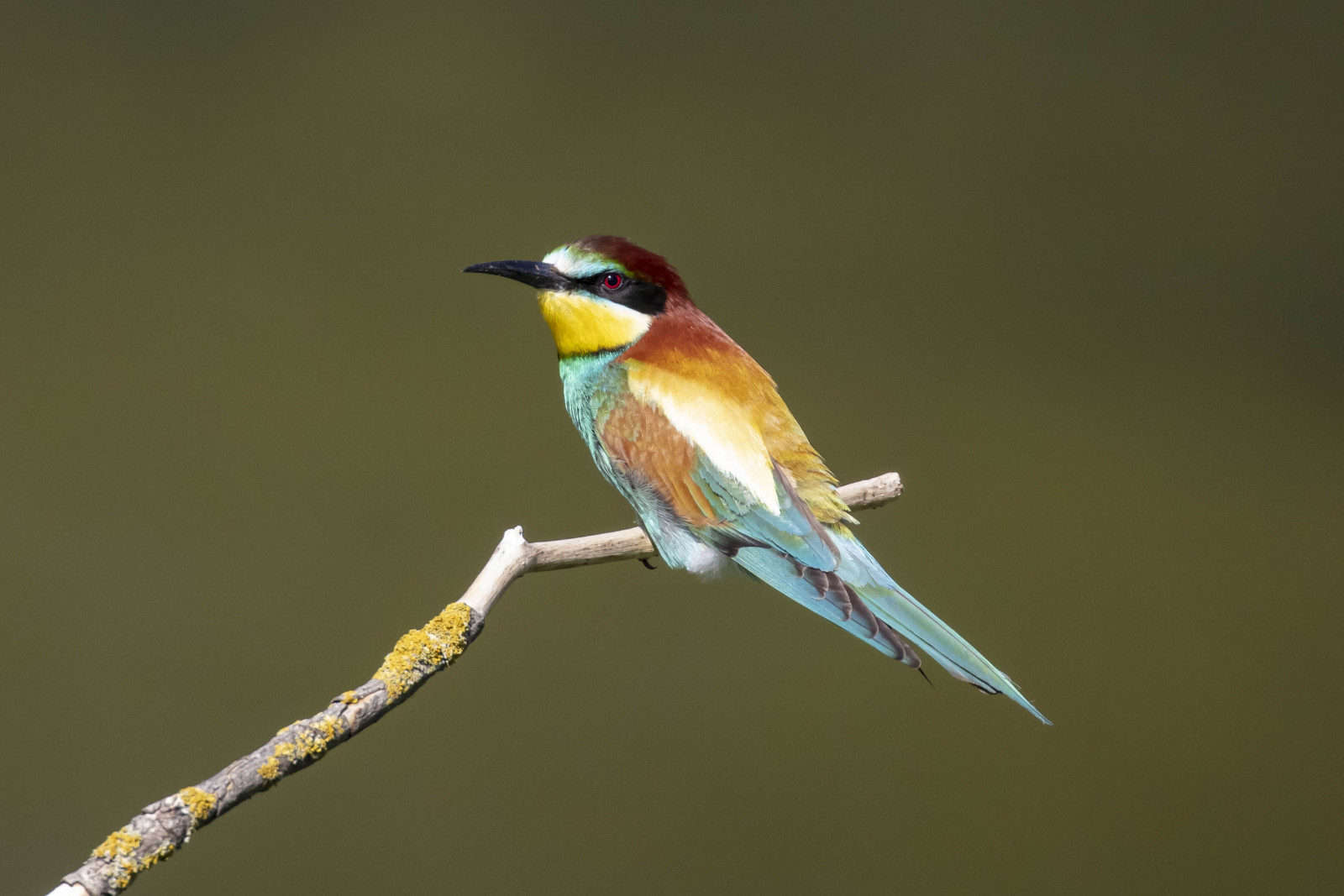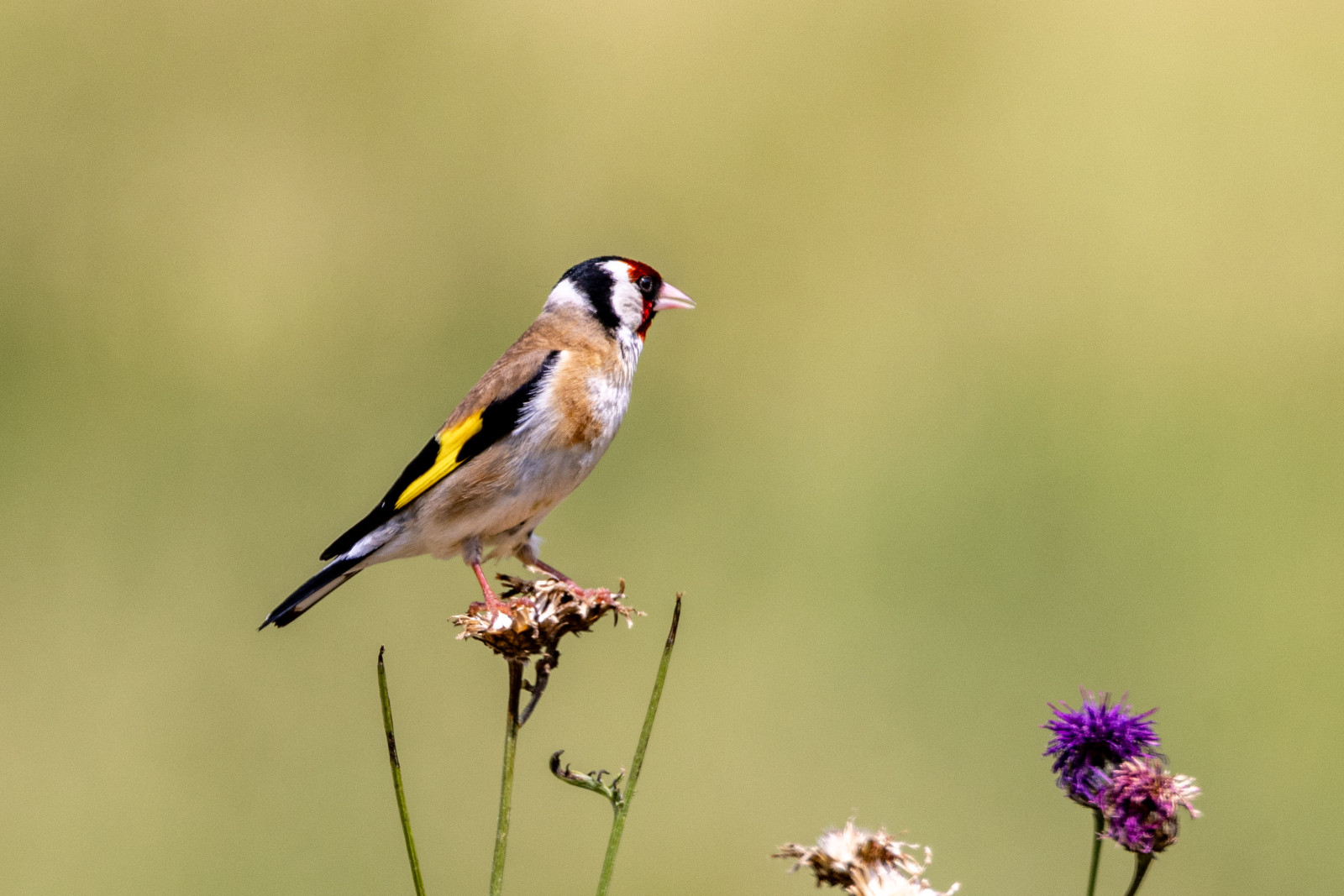Opis
This region in Wallis is one of the most bird-rich areas in Switzerland. Through the hedge landscape of Susten and Agarn you reach the Leukerfeld which has a series of ponds. These ponds are a remnant of an old arm of the river Rotten (Rhone). From the observation posts you can observe zimorodek and from May the colored żołna. This is so far the most beautiful bird area I have seen in Switzerland. The colony of żołna is especially beautiful.
Szczegóły
Dostęp
Parking is free, but there are few parking options. You have to walk about 2 km to get there. Public transport: one can either travel by train to Leuk or Turtmann station. From Leuk station, an easier route is to cross the river to the other side, and walk along the hiking trail (along the river but at a slightly elevated level), before crossing the next bridge towards the golf course. A more straightforward way is to walk from Turtmann station, going first towards Turtmann Dorf, and then follow the hiking trail (all flat) towards the hide. In the summer, the hide offers the best spot to see the bee-eaters.
Teren i siedlisko
Tereny podmokłe , RówninaWarunki
PłaskiTrasa dookoła
NieCzy luneta będzie przydatna ?
Może być przydatnaUdany sezon obserwacyjny
Lato , Przez cały rokNajlepszy czas na wizytę
LatoTrasa
Droga nieutwardzona , Szeroka ścieżkaPoziom trudności szlaku pieszego
ŁatwyDostępne
Pieszo , RowerCzatownia/platforma obserwacyjna
TakDodatkowe informacje
I was here at the end of August and then the bee-eaters flew back and forth. I don't know how long this has been like this.





